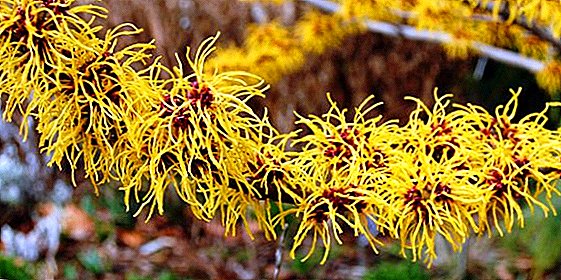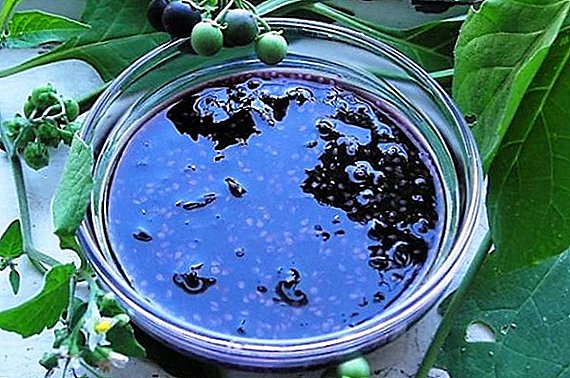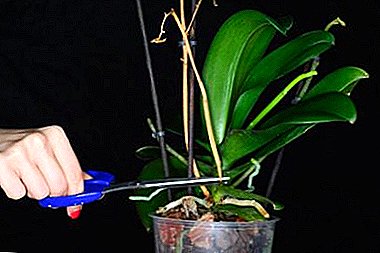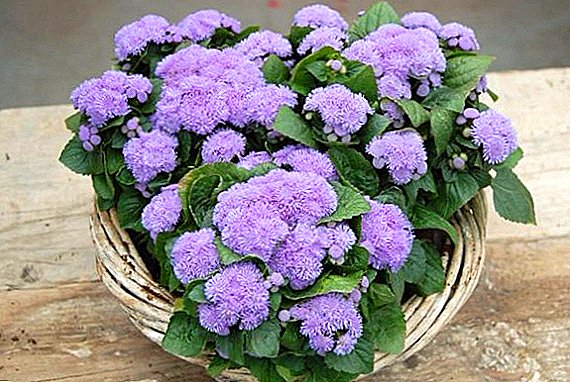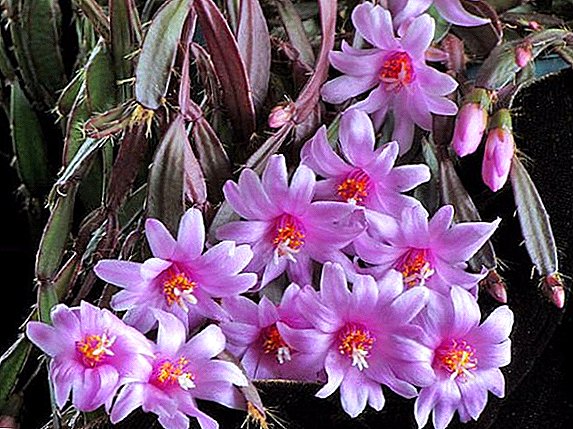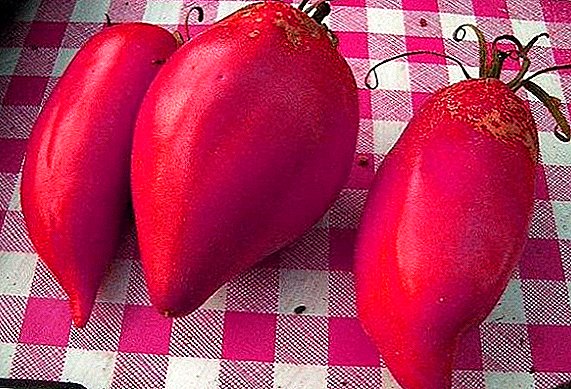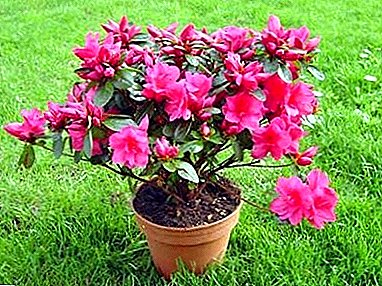
Azalea, also known as rhododendron, is one of the most beautiful plants of this family. It grows in areas with a warm climate, but it is widely practiced growing at home.
If you decide to buy an azalea, be prepared for what she very capricious and picky about care. It is subject to many diseases and pests. But the beauty of the flowers of this plant is worth it.
Common diseases
Why leaves dry?
This situation often arises due to the fact that azaleas fall direct rays of the sun or she stands with a hot place. Its recommended keep on the north side, so as not to treat burns.
Why fall?
If the plant has been purchased recently, it may be necessary transplant. Check the condition of the roots - if they do not occupy the entire area of the pot. After transplanting a plant, it must be watered with Zircon in a ratio of 2 drops to 1 l. After that, watering should stop for a few days. Only spraying is permissible.
If she sheds leaves during flowering, her flowers must be pinch off and cut a little.
How to save when falling leaves?

This aspect can be caused by a number of reasons, therefore it is recommended to pay attention to each of them.
First, the cause may be claycontained in the soil. In this case, the azalea is transplanted into a new pot with proven soil. Secondly, it can be drafts. Make sure the plant is not blowing out the window. Third, sharp temperature changes also does not contribute to the healthy development of rhododendron. Fourth, it may be an indicator that the plant changes leaves.
Why do the tips of the leaves dry? What to do?
The reason that the tips are drying can be too hard water, which is watered azalea. It is also possible that the roots experience discomfort due to lack of water. It is also recommended to check airwhich should not be too dry.
Pests
Strawberry Mite - this pest is greatest danger for azaleas.

Defeat begins with the tops of the shoots, buds, buds and flowers. The leaves begin to form in the boat, the number of buds increases, but they become smaller. The tip consists of small leaves of a deformed shape. The growth of the plant fades away, the buds cease to open or form small, quick-drying flowers.
If the azalea was affected by a tick during flowering, its flowers begin to turn brown or discolor.
Especially prone to this pest varieties can be called "Madame Petrik," Erie "," Niobe ".
Shchitovka and pseudohchitovki- lesion rates are brown growths, which are formed on the leaves, stems. Shippers begin to suck out the sap of the plant, and the color becomes less bright. Gradually they fall.
To get rid of the scale, you need wipe leaves and stem soap solution. Then the whole plant is sprayed with Actellic in the ratio of 1 ml per 1 liter of liquid. It can also be treated aktar.
 Spider Tick - with the defeat of this pest leaves and buds tend to fall, it becomes sluggish.
Spider Tick - with the defeat of this pest leaves and buds tend to fall, it becomes sluggish.
The reason spider mite can be too dry air. A spider's web gradually begins to form on the leaves - in the internodes, on the underside. These insects can be yellow, red, green or orange. In sizes usually do not exceed 2 mm. Mites suck up the sap of the plant, it begins to dry and discard the foliage.
To prevent injury, wipe with soapy water and rinse with warm water. If this does not help, you can use aktellik.
Mealybug - if a plant is affected by this pest, its leaves begin bend, dry and fall off. Ultimately, the plant disappears. As a preventive measure, it is recommended to wipe the azalea with a soap solution, and then wash the leaves with warm water.
Fusarium wilt - evidence of defeat is mass abatement. The pest can appear due to too high air temperature, it can also be brought in during transplantation or damage. The plant is treated first. foundation, then antibiotic and manganese.
It should be noted that in the case when more than half of the leaves died, the azalea cannot be saved.
Thus, azalea is a plant that requires constant care and care of the hands of a competent gardener.
A photo
See photos of healthy plants below:






